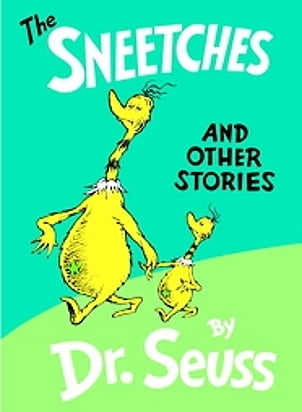1. Ask the parents. Before the parents leave for their night out, ask them to thoroughly explain the night time routine. When and what do the children eat? What are their evening chores (if any)? What is the bedtime routine? This last question requires a detailed answer including, but not limited to, where the bedrooms are; who sleeps where; what time do they go to bed; what is the bedtime routine; do the lights stay on or go off; do the doors stay open or shut? If you know the answers to all these questions, bedtime should go smoother. You won't have the wool pulled over your eyes by mischievous children who try to change the established routine due to your ignorance. And you'll feel more confident about the whole evening if you have an established plan.
 |
| Be patient. It pays off in the end. |
3. Play with the kids. Too many sitters plop the kids in front of the TV and think that's all there is to it. Not even close. Babysitting is an important job. Parents are entrusting their children to your care. It is your job to take care of and entertain their children without burning down the house. This means playing games and making sure that the kids are pleasant with each other.
I'm sure there are many more tricks of the trade. If you care to share, please fell free.
One last trick for all you current sitters: I always find it nice to come home to a clean house, especially after a long night out. You will earn the parents' undying favor if you take the time to clean up the kitchen after dinner and tidy the living room after the kids are in bed.
To all the parents: It is very helpful when you have the night time routine written down along with the kids names and ages. That way if your sitter forgets a name they just learned, they can check the list. Also, this way they have the bedtime set-up in hand to review after you leave.

























